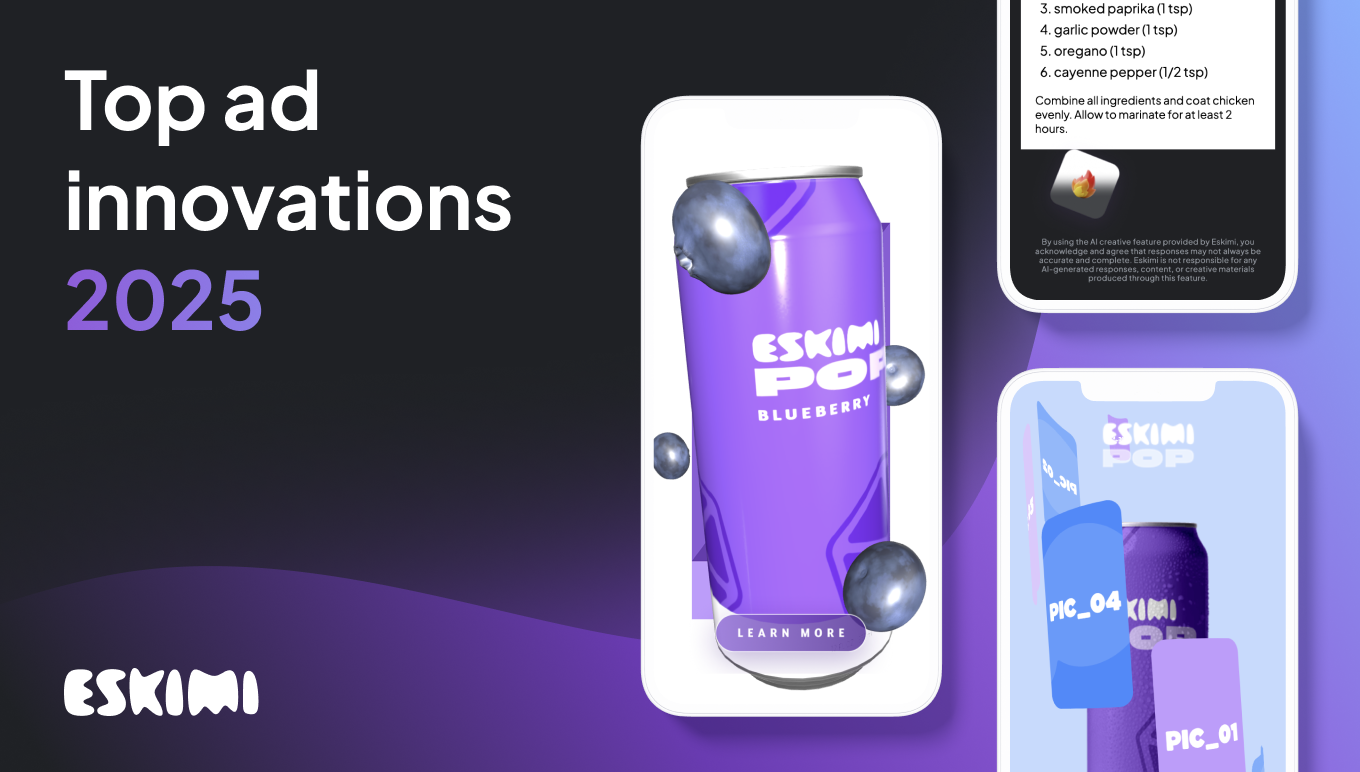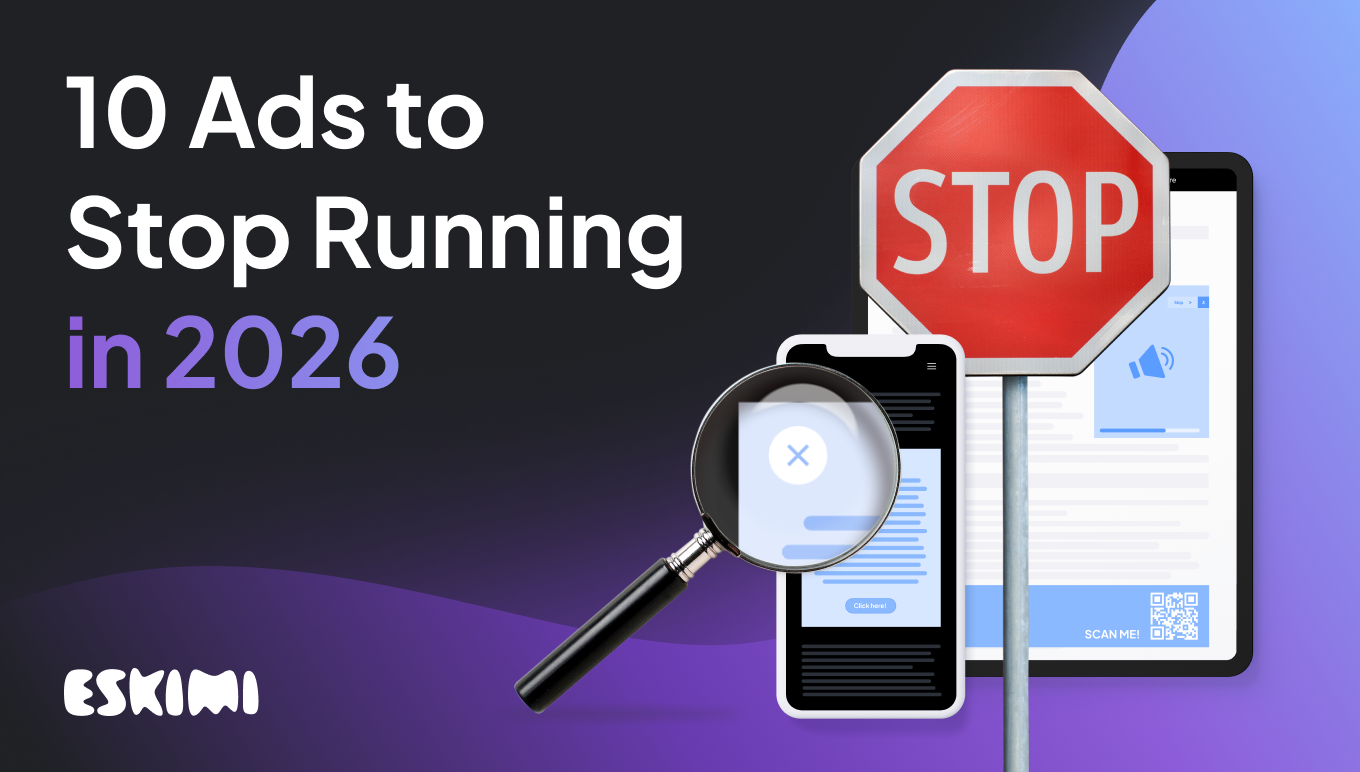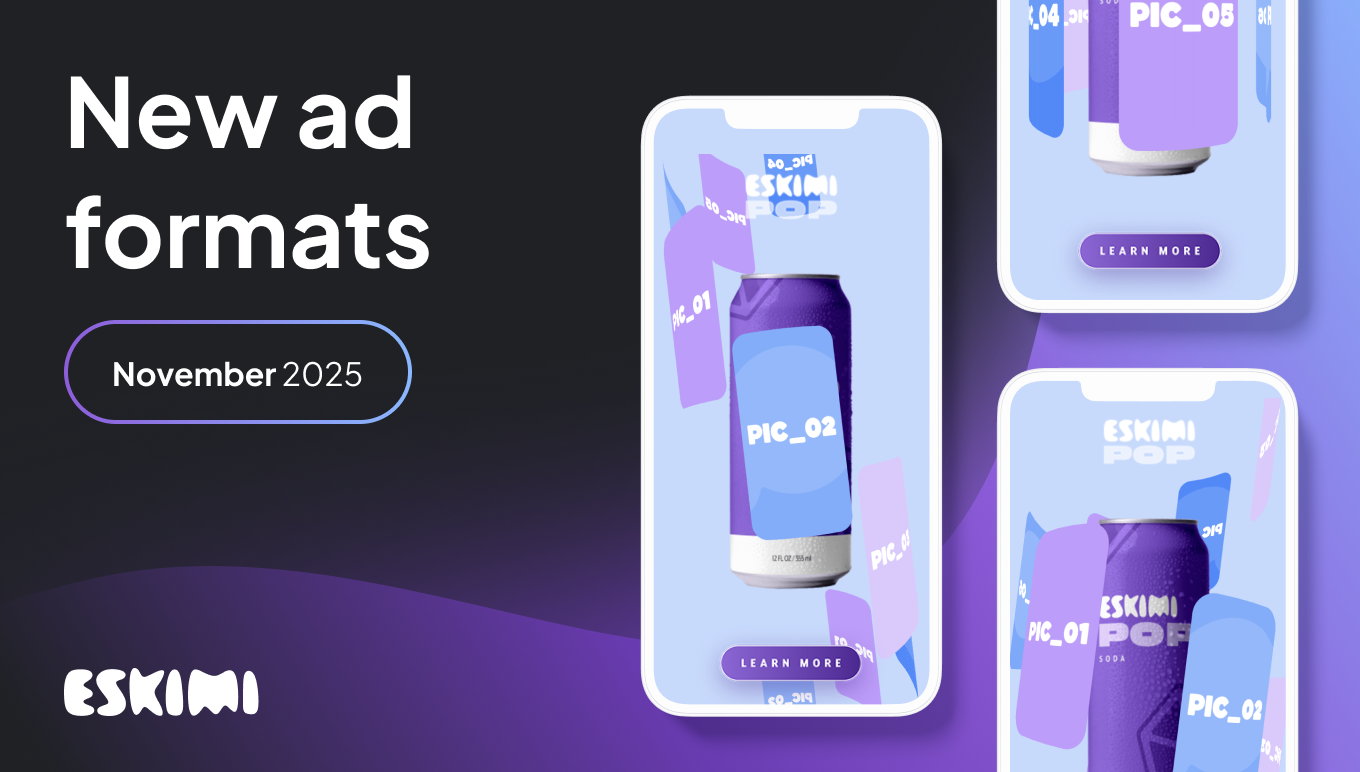Socio-Economic Class Targeting 101

You can run the most delightful and mind-blowing campaign in the market – if the right people don’t see it, you won’t see any return, too. Loss-loss.
But if you did your homework and analyzed where (and who) your target buyers are, techniques like socio-economic class (SEC) targeting will make sure your ads are in the same place as your audience.
In short, socio-economic class targeting enables data collection from particular neighbourhoods, allowing companies to identify where their purchasing power is.
So, how does SEC targeting work, and can it actually help you? In this post, you'll learn:
- What is socio-economic class targeting?
- Definition and criteria for SEC
- What are the benefits of socio-economic targeting and how you can use it
- Learn about available SEC features
Let's jump right in!
What is socio-economic class targeting?
Socio-economic class (SEC) targeting is a technique that groups users into the high, middle, and lower classes based on certain parameters identifiable from their browsing history.
It’s often predictive and uses stereotypes to describe socio-economic classes.
These classes are thus assigned to six groups:
- Upper class into A1 and A2
- Middle class into B1 and B2
- Lower class into C and D
How are socio-economic classes made?
Advertising businesses use rich data points to build a comprehensive system for calculating socio-economic classes. These can include the following:

Device Price Range
Presumably, the mobile device you use can indicate your social status. Depending on the price of your device, it’s possible to predict if you’re willing to buy more expensive things.
For example, iPhone users might spend more compared to, let’s say, Huawei.
Location
Location signals group people based on the location they’re seen the most.
Research done by McKinsey shows that people living in capitals or large cities have much higher purchasing power than those who live in rural areas. Primarily because living in an urban area is much more expensive.
Owning a house or renting an apartment, prices of goods and products, or transport – are only some of the factors that often come pricier for city people compared to those in rural areas.
Location Tags
Our social cues can tell a lot about ourselves, our social status included. Location tags indicate locations where a person was seen most often.
For example, airports, shopping malls, business centers, and similar places can be attributed to upper-class people.
Data Consumption Quartiles
This factor divides people based on their data consumption patterns. Naturally, if a user spends little time browsing the internet, we can assume their social status is lower as they don’t have the luxury to stay online.
According to Statista, Americans living in cities lead more internet-connected lives than those who live in rural areas. As of 2021, approximately 89% of people living in urban areas owned a smartphone. Likewise, internet usage was higher compared to rural areas.
3G/4G Use
In this group, users are divided based on the connection type they primarily use, ranging from 2G to 4G.
If a person is always online using a 4G network, we can assume that they live in a location with a decent network connection and, most likely, higher living standards.
How does this classification work?
Now that we’ve seen the types and factors that define socio-economic classes, let’s find out what kind of personalities each category represents.

A1 – Wealth Inheritors & Creators
- A1 includes upper-upper and upper-middle class people, who can be briefly described as fulfilled, actualizers, and retired public officials.
- These are usually mature, satisfied, comfortable, and reflective people who value order, knowledge, and responsibility.
- A1 class representatives are well-educated and traveled people. They’re top-class by their occupation – including top professionals, ministers, directors in public service, senior management in corporations, business owners, and employers.
A2 – Wealth Managers & Politicians
- Known as a lower-upper class, A2 class people are successful, active, and high self-esteem individuals who can access abundant less-sophisticated resources.
- They’re keen to develop, grow, express, and explore. Such people have high principles and are well-educated, somewhat traveled, and exposed.
B1 – High Net Worth Individuals
- Like A2, the B1 representatives are called the lower-upper class. These are successful, career and work-oriented, risk-averse individuals.
- Opposite to the A groups, people in the B1 class value stability, predictability, consensus, and self-discovery. They tend to commit deeply to the family, have a strong sense of duty, and for that, demand material rewards.
B2 – Professionals, Business Men & Women
- Upper-middle class is described as achievers and experiencers. B2 people are upwardly mobile professionals, always forward-looking when it comes to their careers.
- They have a highly-developed taste which they can moderate by means. B2 class representatives are deeply committed to work and family.
- Career-wise, they are senior managers or small/medium company owners who strive for material rewards and prestige.
C – Junior-Middle Level Managers, Business Executives, Artisans
- C group consists of middle-lower class representatives. They tend to have a mild taste and are often called emulators – people who tend to imitate behaviors of those in higher social classes.
- C class are young, mature, enthusiastic, and impulsive individuals who seek variety and are ready to take risks. These risk-taking personalities aren’t afraid of confrontation if that’s what requires not to go with the flow.
- They’re politically uncommitted and tend to have conflicting reactions towards some objects.
D – Skilled/Semi-Skilled Workers, Clerical Staff, Artisans
- The lower class, also called society-conscious strivers, are the believers and (or) belongers.
- They’re conservative, conventional people with concrete beliefs based on traditionally-established codes like family.
- D-class people have established routines and are well-organized around their homes. They value (belong to) social, religious, family structures and organizations.
- These individuals have little to no sophistication. Occupation examples can be commissioners and directors in public service.
Benefits of socio-economic class targeting
The primary advantage of socio-economic targeting is personalization and relevance, which in turn leads to benefits like higher revenue, user engagement, retention, and loyalty.
SEC targeting enables brands globally to personalize their advertising based on socio-economic groups, i.e., upper, middle, and lower, and reach the right customer.
Example: telecommunication brands can offer different deals for a relevant socio-economic class:
- A business owner living in Washington is likelier to purchase the newest iPhone model with the all-inclusive mobile plan (unlimited messages, calls, and GBs).
- Whereas their counterpart – a person living far away from Washington, in the middle of suburbs – might be interested in getting the cheapest, more constrained plan.
Besides, advertisers should only target a particular SEC group in case they have a suitable offer. That is, banks and loan companies can advertise for lower-class people who are more likely to take a loan.
So, the excellent ICP for SEC targeting tends to be banks, mobile device manufacturers, fast-moving consumer goods, and telecommunication brands.
SEC targeting use cases
Now, let’s go through some practical examples of how you can use socio-economic class targeting.
1. Luxury watch store
Luxury brands – be it jewelry, clothes, or watches – target only high-income people. In reality, such a group constitutes only 1–5% of a country (depending on the country). But you can reach this audience considering their internet usage habits and location.
If you’re a first-rate watch brand like Rolex, Audemars Piguet, or Patek Philippe, you can target A1 and A2 groups by their location and location tags. Or, if you have some exclusive offers, you can target B1 and B2 neighbourhoods with these more economic product advertisements.

2. Online bank
Let’s say you’re an online bank or payment provider that offers free virtual cards with zero online payment costs up to a $2000 limit.
Your target audience, in this case, is most likely people with a middle income. The best option then is to use SEC targeting by choosing B2 and C group individuals.
3. Grocery retailer
If you’re a grocery chain (or store) owner aiming to offer first-necessity groceries at the most affordable price, you can set your ad target audience as C and D groups.
In this case, you’ll use your budget effectively, as your ads won’t be shown to people who aren’t interested in discounted groceries. Instead, you’ll advertise to the ones of relevance.
Eskimi's SEC targeting features
- Selection. In Eskimi, clients don’t need to upload any first-party data to enable SEC targeting. Instead, the feature can be simply found on the campaign setup page.

- Additional targeting. SEC targeting can be combined with any other feature (except PC and TV targeting) on Eskimi DSP. It's crucial to understand that the more targeting options you apply, the narrower the audience is – thus, increasing the cost-per-thousand (CPM).
- Reporting. You can check the real-time report in the general report section. There you’ll see impressions and click-through rates by a socio-economic class.

Wrap up
As the popular saying goes, “Targeting everyone means you’re actually targeting no-one.” Ironic, huh? However, relevancy is key in many business areas, advertising included – that is why you have to get to know your audience really well and think about it long and hard before launching your ad campaigns.
Socio-economic targeting is one of the ways to achieve your goals since it allows you to reach people who are more likely to buy your products. If you’re about to try it in practice, make sure to reach out to the Eskimi team that would be happy to help.
Level Up Your Advertising with Eskimi
- Reach 96% of Open Web
- 2,500+ Targeting Options
- 100% Managed or Self-Service
- In-House Creative Studio Team
- Display, Video, In-Game & CTV
- #1 Rated DSP on G2





